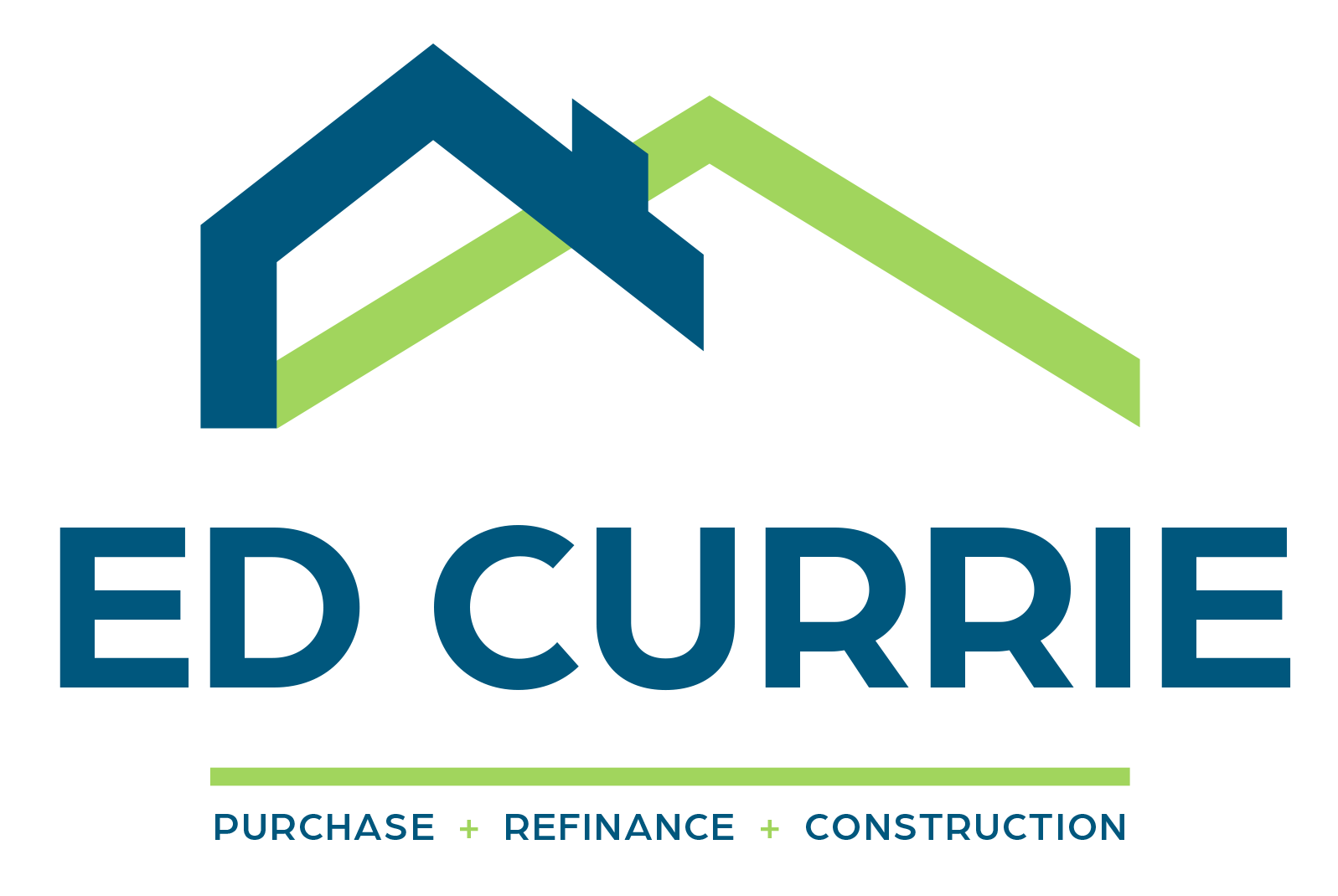Even before you’re ready to replace your current home loan with a new loan, you may be asking yourself, “Where do I start? Who should I talk to? What documents will I need?” In other words, the mortgage refinancing process may seem a bit overwhelming. The good news is there are steps to refinancing that are simple to follow. Take a look at the five steps below to begin your walk down the path to refinancing your home mortgage.
Set Your Re-fi Goals Just like any other journey, the route to mortgage refinancing must have a destination. Some common refinancing goals include lowering your monthly payment, paying down the principal, withdrawing the equity in your home to pay off high-interest debt, and shortening the term of the loan. If you’re planning to move in five years or more, you may have other goals like re-investing the equity in smart improvements to increase your home’s resale value.
Know Your Credit Score Having a great credit score usually translates into securing an excellent interest rate. That’s why knowing your credit score before you refinance is important. Does your credit score need some work? Take the time and effort to improve it. You may save yourself thousands of dollars over the term of your mortgage by earning a lower interest rate. A full credit report including your credit score is usually available free of charge from your bank and from many online resources.
Determine Your Home’s Equity Before you refinance, call your lender to determine the payoff on your current mortgage. Then, have a trusted real estate agent show you a list of comparable properties (similar in size, age, and updates in your neighborhood) that recently sold. Knowing the current market value of your home and subtracting what you owe on your current mortgage will help you determine the equity you have before you refinance.
Research Interest Rates Knowing in advance the interest rates offered by various lenders will give you an advantage when you decide to refinance. Rates often differ by what seem like small amounts, but those fractions of percentage points add up over time. As well, depending on the type of loans you may qualify for, different home loan programs, such as VA, FHA, USDA and conventional offer different interest rates. Do your homework: research the best mortgage loans with the lowest rates that meet your needs.
Gather Your Money and Documents Before applying to refinance your home mortgage, collect the necessary documents and data about your debt and assets, including income tax returns, W2s, bank statements, credit reports, and personal identification. Also, be ready to pay closing costs by setting aside money in advance (about two to five percent of the appraised market value of your home).
When you’re ready to refinance, rely on the expertise of Ed Currie and his team. Serving more than 5,000 homeowners and homebuyers, Ed Currie is knowledgeable, experienced and results-oriented. Contact Ed with your specific needs or call him today at 847-214-2404.


Even before you’re ready to replace your current home loan with a new loan, you may be asking yourself, “Where do I start? Who should I talk to? What documents will I need?” In other words, the mortgage refinancing process may seem a bit overwhelming. The good news is there are steps to refinancing that are simple to follow. Take a look at the five steps below to begin your walk down the path to refinancing your home mortgage.
Set Your Re-fi Goals
Just like any other journey, the route to mortgage refinancing must have a destination. Some common refinancing goals include lowering your monthly payment, paying down the principal, withdrawing the equity in your home to pay off high-interest debt, and shortening the term of the loan. If you’re planning to move in five years or more, you may have other goals like re-investing the equity in smart improvements to increase your home’s resale value.
Know Your Credit Score
Having a great credit score usually translates into securing an excellent interest rate. That’s why knowing your credit score before you refinance is important. Does your credit score need some work? Take the time and effort to improve it. You may save yourself thousands of dollars over the term of your mortgage by earning a lower interest rate. A full credit report including your credit score is usually available free of charge from your bank and from many online resources.
Determine Your Home’s Equity
Before you refinance, call your lender to determine the payoff on your current mortgage. Then, have a trusted real estate agent show you a list of comparable properties (similar in size, age, and updates in your neighborhood) that recently sold. Knowing the current market value of your home and subtracting what you owe on your current mortgage will help you determine the equity you have before you refinance.
Research Interest Rates
Knowing in advance the interest rates offered by various lenders will give you an advantage when you decide to refinance. Rates often differ by what seem like small amounts, but those fractions of percentage points add up over time. As well, depending on the type of loans you may qualify for, different home loan programs, such as VA, FHA, USDA and conventional offer different interest rates. Do your homework: research the best mortgage loans with the lowest rates that meet your needs.
Gather Your Money and Documents
Before applying to refinance your home mortgage, collect the necessary documents and data about your debt and assets, including income tax returns, W2s, bank statements, credit reports, and personal identification. Also, be ready to pay closing costs by setting aside money in advance (about two to five percent of the appraised market value of your home).
When you’re ready to refinance, rely on the expertise of Ed Currie and his team. Serving more than 5,000 homeowners and homebuyers, Ed Currie is knowledgeable, experienced and results-oriented. Contact Ed with your specific needs or call him today at 847-214-2404.





![EdCurrie_Logo White[Transparent] EdCurrie_Logo White[Transparent]](https://edcurrie.com/wp-content/uploads/elementor/thumbs/EdCurrie_Logo-WhiteTransparent-qybu3sjgpfhje9098uitv7fpt7os2hgn52gfy6ocx4.png)